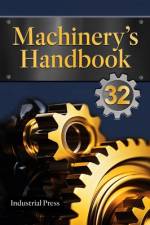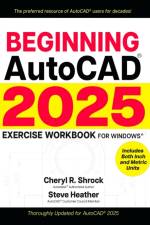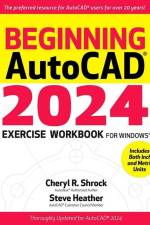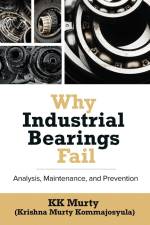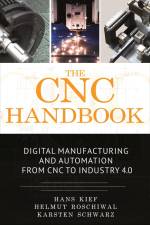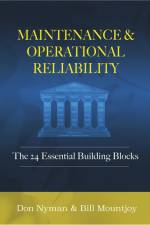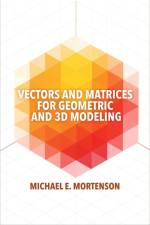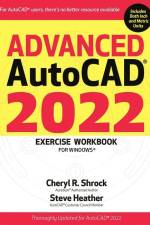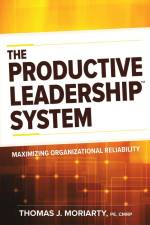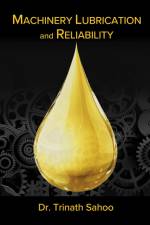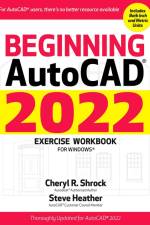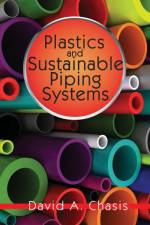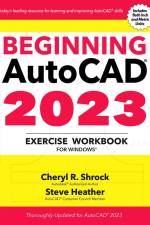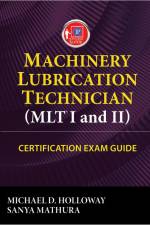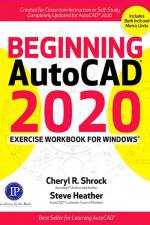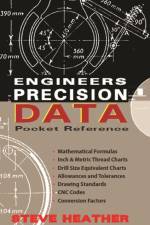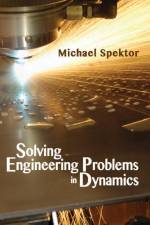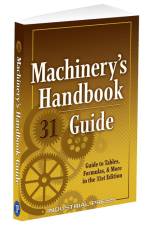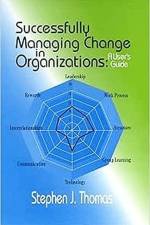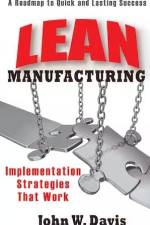av Hans Bernhard Kief
1 329
Digital manufacturing is everywhere. Technology advances in production engineering have reduced the “artisan skill” traditionally required in manufacturing processes and replaced it with high-precision, computer-controlled machinery. This reduces human errors and variability in output, but it does not reduce the knowledge required of the professional engineer or shop floor worker. In fact, the reverse is true. They still need to understand the fundamentals, and must acquire other important skills. Anyone who works in machining or additive manufacturing technology must have a solid technical knowledge of CNC technology. It is important to know how the individual components work and how they affect the overall system, the quality of the products produced and the profitability of production. Professionals should be familiar with today's machine tools and the numerous functions of CNC, electrical servo drives, tool systems, NC programming through to digital information processing and automation.The CNC Handbook was a critically acclaimed bestseller in Germany for 30 editions, and is now available in English for the first time. This groundbreaking work introduces readers to the CNC world, and teaches practical details about how different components are applied in practice. Next, the authors explain the functions and connections of all integrated components, and clearly describe CNC and drives, tooling, flexible manufacturing systems (FMS), NC-programming, DNC, digital manufacturing, Industry 4.0 and computer integrated manufacturing (CIM). The book then covers industrial robots, additive manufacturing, energy-efficient manufacturing, simulation systems, and state-of-the-art of machine integrated measuring systems. This authoritative, heavily illustrated book is the perfect resource for the avid CNCer, but also for those who plan and program, set up, operate machinery, or are responsible for operation, maintenance and repair.FeaturesPacked with more than 800 figures, 4-color pictures, and product shots. Authors use their more than 150 combined years of industrial and academic experience to impart CNC knowledge.

